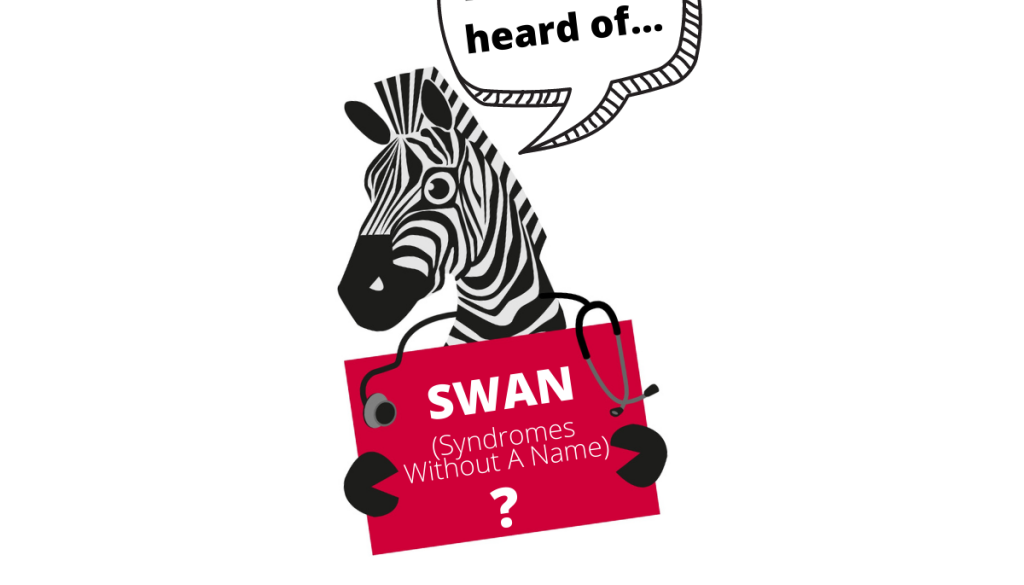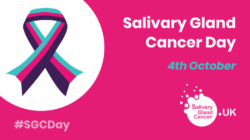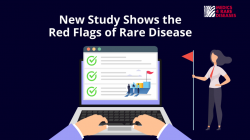Syndromes without a name (SWAN)
It’s my first blog post for M4RD and I have been thinking back to when I was first introduced to the field of rare diseases, whilst in Med School. At that point, my head felt like it was already bursting trying to become even remotely familiar with the colossus that is the core medical curriculum. The phrase ‘common things are common’ was like a comfort blanket lining the foundations of my growing diagnostic radar. My first retort was that we surely can’t know about every single obscure, rare disease on the planet, regardless of how interesting or unusual they might be.
Like many students, I only became familiar with those rare conditions that regularly popped up in passed exam papers. Then, as a junior doctor, there was so much to know and learn on the job that the concept of branching out and opening my mind to a whole host of other diseases – rare ones that I may never come across – simply didn’t compute.
The phrase ‘common things are common’ was like a comfort blanket lining the foundations of my growing diagnostic radar.
Common themes
However, the more I have come to learn about the subject of rare diseases, the more I have come to appreciate that there are common themes and therefore easy ‘wins’ for our patients that can make huge impacts on the lives of those affected. As we know, collectively these rare diseases ARE common and families affected by these diseases tend to go through an excruciating (and sadly all-too-familiar) ‘diagnostic odyssey’ before reaching some sort of closure about their or their loved one’s condition. Patients and families may be passed from one HCP to another, all with the hope of providing some answers. This process takes time and has a gruelling mental and physical toll on patients and their families.
I recently created an Insta story about SWAN – Syndromes Without A Name. I realised that many of the key themes and issues faced by patients with SWAN can be used to really encapsulate the problems and difficulties borne from rare diseases in general. Also, crucially, from learning a little about SWAN there are key take-home messages about how to best care for a patient who may be presenting with any (and even the rarest) rare disease.

SWAN is not a diagnosis
Each year 6000 babies are born in the UK with a SWAN. SWAN is not a diagnosis, it’s a name for those who have a genetic condition but DON’T have a diagnosis. These patients may be the rarest of the rare, with a condition which has never been seen before, hence isn’t even tested for. They may alternatively have an unknown presentation of a known condition – therefore haven’t actually received the correct test. They could also have genetic changes which have been found on testing which are of unknown significance and do not explain the presenting difficulties.
Approximately half of all children that undergo genetic testing won’t get a confirmed diagnosis. These are the patients who may baffle and confuse us the most. We may struggle with determining who best to refer them to, we may think we are not the best placed person to help. It’s a challenge because, without a working diagnosis, there is no solid ‘framework’ to follow. A Rare Disease UK study reported that 4 out of 5 SWAN patients felt that being undiagnosed had been a barrier to receiving the appropriate, coordinated care and nearly three quarters felt it had been a barrier to accessing treatment. These patients, their caregivers and families often get lost down a rabbit hole within this diagnostic odyssey.
Going back to basics
As HCPs encountering a patient with a potential rare or undiagnosed disease we are not expected to be able to fully manage the intricacies or know exactly the best referral to make. It’s a case of going back to basics of care and symptom management. Referring patients for genetic testing is an excellent first step on the pathway to diagnosis. Obviously this doesn’t always provide answers (with SWAN being an example) but it’s a good start.
The other crucial action is to signpost patients and their caregivers to the right Patient Advocacy Group (PAG). PAGs provide crucial support, education and advice and help families feel less isolated, often having a huge impact on patient journeys and outcomes. SWAN patients are no different in this respect and SWAN UK is a brilliant resource for those with undiagnosed genetic disorders. SWAN UK in particular promotes awareness of the challenges faced by those affected by undiagnosed genetic conditions. It provides a centralised forum for information, advice and links families who may be experiencing very similar frustrations and feeling very alone. Nearly three quarters of SWAN UK members are taking part in genetic research studies!
Without a diagnosis it can be impossible for families to access the support and treatment that they need. Here at SWAN UK we’re committed to helping every family get the support they need, when they need it, regardless of whether they have a diagnosis or not.
Isabel Rundle, Genetic Alliance UK
Dare to think rare
So where do general medical professionals fit in with this complex, rare disease landscape? What could you do to help prevent diagnostic odyssey? It starts with simply thinking outside the box… dare to think rare. Do you have a patient who has symptoms that don’t all ‘fit’ quite right, or they appear to be falling through diagnostic gaps? They may present with failure to thrive, global developmental delay, learning disabilities, physical disabilities or epilepsy with a spectrum of symptoms which don’t appear to fit a pattern, from feeding difficulties to respiratory problems and dysmorphic features to abnormal tone or posturing.
Think rare and provide care… genetic testing can provide a diagnosis which can change whole families’ lives drastically. SWAN UK also provides support for those who are awaiting genetic test results. If you work on a paediatrics ward, make yourself and your staff aware of SWAN UK, display their number on your wall, as for some families, it could be the first step on the road out of diagnostic odyssey.




